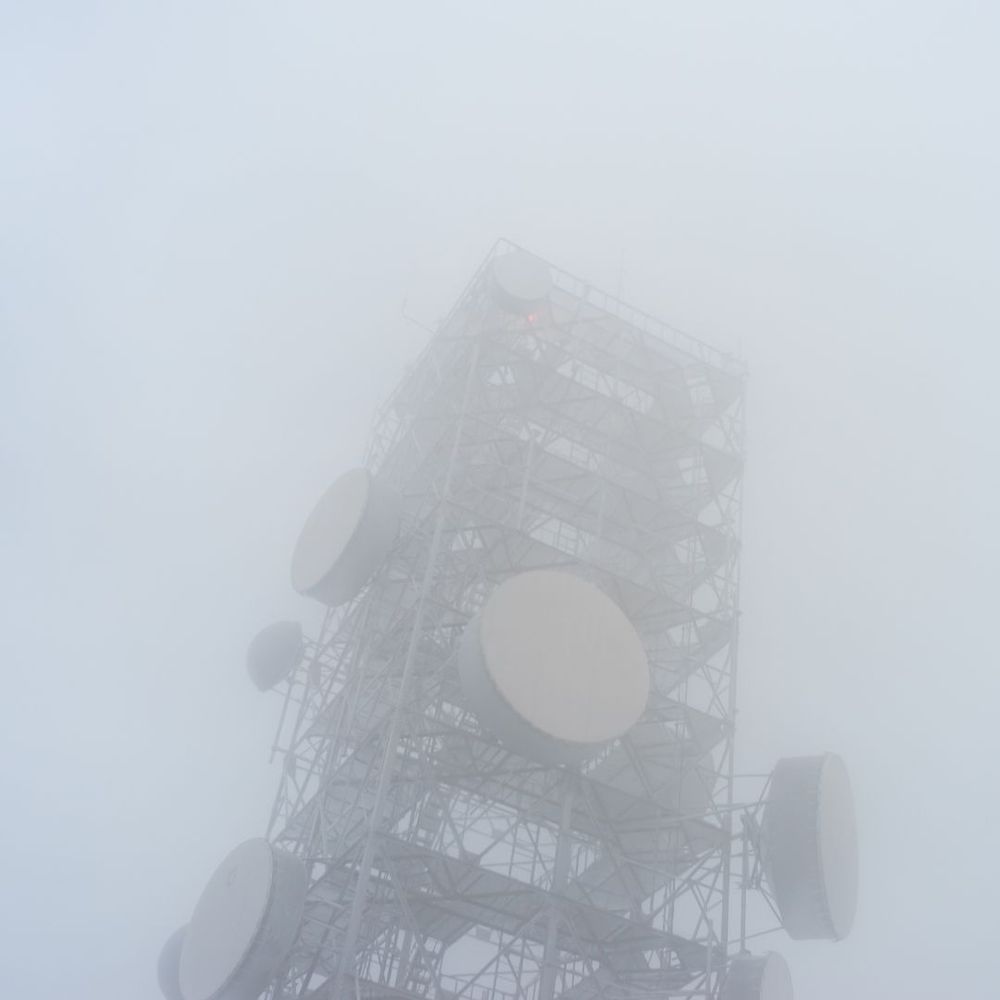TL;DR
Are you worried that fog or dust might negatively affect your FPV radio link? Fear not! In this blog post, we'll debunk common misconceptions and explain why fog and dust have minimal impact on your radio link performance. Keep reading to discover the science behind these phenomena and learn more about the potential effects of fog and dust on your FPV experience.
Debunking the Fog Myth: Why Fog Has Little Effect on Your Radio Link
The Science of Scattering
Many people are concerned that fog, being made up of water droplets, would block microwaves and reduce the range of their FPV radio link. The truth is, fog and clouds are not a significant problem, even for 5.8GHz radio links. This has to do with scattering, a phenomenon where particles in the atmosphere scatter electromagnetic radiation depending on their size.
The sky appears blue because small water molecules in the air scatter short visible wavelengths (blue). In contrast, clouds and fog are white because the water droplets they consist of are larger and scatter the entire visible spectrum. The 5.8GHz wavelength is around 51mm, considerably larger than the visible spectrum, so the impact of fog on this frequency is negligible. In fact, dense fog with 30-meter visibility will only attenuate 5.8GHz by around 0.03dB per km, an insignificant amount for our use.
Read more in - Attenuation of Electromagnetic Radiation by Haze, Fog, Clouds, and Rain (rand.org)
Antenna and Water Droplet Accumulation
When an antenna travels through fog, it may collect water droplets on its surface. If a significant amount of water accumulates in the antenna's near-field, it could affect the antenna's ability to broadcast radio waves. However, this is a separate issue from the effect of fog on the radio link itself.
Dust and Your Radio Link: No Need to Panic
Dust Particles and Radio Waves
Like water droplets, dust particles can scatter radio waves. However, their small size only impacts a limited range of frequencies. Dust storms are rare in most parts of the world, but industrial operations like mining can produce a significant amount of dust in confined spaces.
Even in the most severe dust storm scenarios, signal attenuation for sub 6GHz frequencies is relatively low at 1.2dB/km. This is not a significant concern since the RF link used in underground mining operations is likely much less than 1km. Read More
Microwave Technology: Drilling Down the Earth's Crust
Microwave technology can be used for more than just communication. Scientists at MIT have explored using focused microwave beams to heat and vaporize rock for borehole drilling. By using millimeter waves, these beams can bypass the dust created by vaporized rock and continue heating the rock in front, allowing for uninterrupted, laser-like drilling without bit wearing or the need for drilling mud. Read more
FAQs
- Does fog significantly affect FPV radio links?
No, fog has a minimal effect on FPV radio links, even for 5.8GHz frequencies. - What causes fog and clouds to appear white?
Fog and clouds appear white because the water droplets they consist of are larger than water molecules in the air and scatter the entire visible spectrum. - What is the effect of dust on radio links?
Dust particles can scatter radio waves, but their small size only impacts a limited range of frequencies. Even in severe dust storm scenarios, the signal attenuation for sub 6GHz frequencies is relatively low. - Can microwave technology be used for drilling?
Yes, microwave technology has been explored for drilling purposes. Focused microwave beams can be used to heat and vaporize rock, allowing for uninterrupted drilling without bit wearing or the need for drilling mud. - What are some potential issues with antennas in fog?
When an antenna travels through fog, it may collect water droplets on its surface. If a significant amount of water accumulates in the antenna's near-field, it could affect the antenna's ability to broadcast radio waves.







